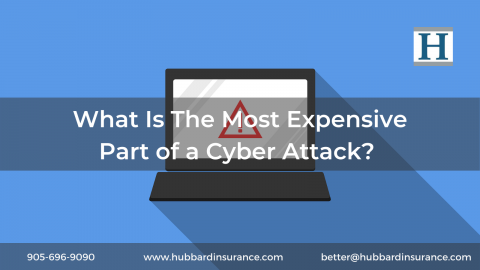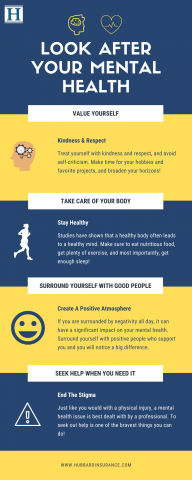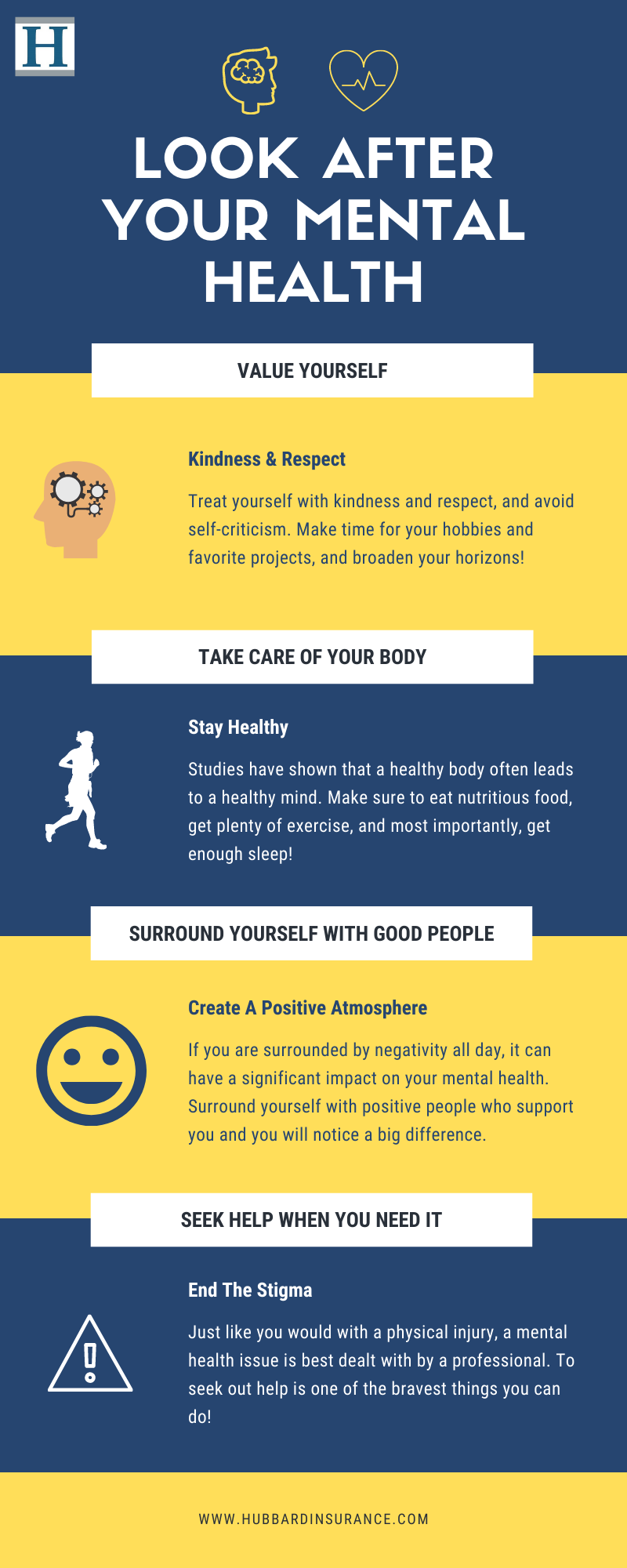
Though November has been a historically warm month so far, Ontario has seen its first proper snowfall of the year. The Canadian winter is nefarious for many reasons – one of them being how much more difficult it can be to drive in snowy, icy conditions.
With that said, whether you are a seasoned driver or someone who is about to drive through winter for the first time, here are 5 tips to make life easier!
Stay Composed
This is perhaps the most important aspect of being an excellent driver in snowy conditions – composure. Under regular conditions, slamming the brakes when you need to slow down quickly is almost muscle memory for many. However, in wintery weather, that could be catastrophic.
The best way to stop your car in this situation is to pump your brakes. Most modern vehicles come equipped with an Anti-lock Braking System (ABS) – which is a technology that rapidly pumps the brakes for you and brings you to a safe, steady halt.
On the other hand, it is widely accepted that the worst thing to do in challenging driving conditions is to brake or accelerate hard into and out of corners. Make sure to keep your movements composed and steady.
Correcting A Slide
Despite taking all the necessary precautions, you might still find yourself in a slide – it happens to the best of us. Typically, there are two types of slides – a front-wheel slide and a rear-wheel slide.
A front-wheel slide, also known as understeer, occurs when your front wheels lose traction. So, how should you respond?
Firstly, as mentioned above, stay calm. The first instincts of many in a situation like this are to accelerate quickly or to turn hard – both are things you want to avoid. Instead, ease off the gas, and allow the tires to steer the vehicle using their own traction – while making sure to steer in the direction you want to go in. Then, once the car is stabilized, you may safely accelerate again.
For rear-wheel slides, or oversteer, the immediate response should be the same as the above – ease off the gas, do not accelerate. Then, though it may seem counterintuitive, steer into the slide to ensure the cars straightens out.
Remember, overdoing it with the steering can make the problem worse – so keep composed and avoid knee-jerk decisions.
Keep A Safe Distance
The best way to avoid a crash in the winter is to make sure there is plenty of space between yourself and the other cars on the road. As discussed above, the worst thing to do in these tricky conditions is to slam the brakes – something that you might be forced to do if there isn’t enough space between cars.
It is also crucial to remember that sometimes there will be other drivers on the road who are either inexperienced or don’t have their winter tires fitted. That is why it is imperative to drive slow and keep a safe distance between your vehicle and those around you.
Avoid Freezing Rain At All Costs
The rule of thumb when it comes to freezing rain is this: if it at all can be helped, do not drive in that weather. However, in parts of Canada, driving in these conditions cannot be helped. If you have no choice but to drive in freezing rain, try and follow the following steps:
Firstly, the commute is going to take much longer during freezing rain so take that extra time into account when planning your route. Secondly, make sure to keep even greater distance than normal with other cars as you don’t want to slide into them – nor do you want them sliding into you!
In such conditions, it is common to see road maintenance vehicles salting or sanding the roads – make sure to drive behind these vehicles at a safe distance and not beside them. As always, be light on the brakes and the accelerator.
Clear Your Car
Visibility is a massive factor when it comes to driving safe in wintery conditions – and, as a driver, you will want to make sure you can see as clearly as possible. If there is snowfall or freezing rain, make sure to brush off all the windows, the hood of your car, the taillights, and the headlights.
Not only is it dangerous to your own safety to not do this, but it can also be punishable by law in some provinces.
Make sure to turn your car on at least 5-10 mins before you depart on your journey to allow the vehicle to warm up as well as to give yourself time to remove any ice and snow from your windows.
Driving in the winter will always be a difficult task – and, when it can be avoided, it should. However, if you follow the aforementioned steps and take these tips into account, you will be undoubtedly safer behind the wheel.
If you have questions or concerns about how the coming winter may affect your insurance policies, reach out to one of our licensed experts today at 905-696-9090 or email us at This email address is being protected from spambots. You need JavaScript enabled to view it.. It costs nothing to reach out!









